Every October, Black History Month is celebrated in the UK. It provides an opportunity to recognise outstanding contributions of people of African or African-Caribbean descent.
Our STEM Ambassadors are professionals studying and working in different areas of science, technology, engineering and maths. They volunteer with us to inspire and enthuse the next generations in STEM.
There is a lack of diversity in the scientists we’re taught about in school, which leads to some pupils thinking that STEM isn’t for them. Black British Professionals in STEM state that only 6.2% of the UK domicile students who are enrolled onto STEM-related subjects at UK universities are black; however, people from African or African-Caribbean descent have made many significant contributions and discoveries in STEM.
For example, Dr. Mark Richards, a researcher in high energy physics, who has helped to create the technology to map pollution; Dr. Mae Jemison is an astronaut at NASA, who orbited the earth 127 times on her mission in space; and Dame Elizabeth Anionwu, the first sickle cell and thalassaemia nurse counsellor in the UK. Throughout Black History Month, the STEM Ambassador team have been highlighting the contributions of African or African-Caribbean people in STEM on social media.
As STEM Ambassador Engagement Officer, I have been reaching out to the Ambassadors to find out about the people of African or African-Caribbean descent who inspire them.
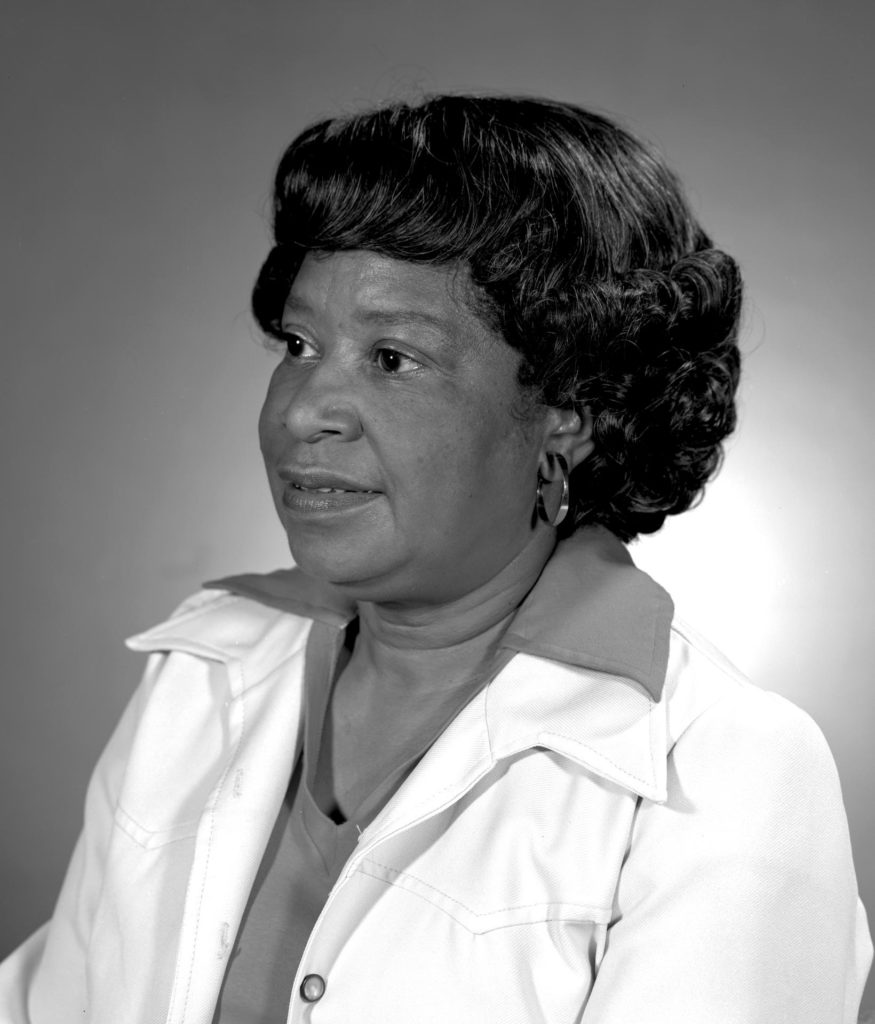
Credit: NASA
Mary Jackson
Chosen by Tawanda Bwerudza and Kayleigh Crosbie
Mary Jackson was an American mathematician and the first African American female engineer to work at NASA (the National Aeronautics and Space Administration).
She was nominated as an inspirational role model by two of our STEM Ambassadors. The first was Tawanda Bwerudza, a product engineer of automotive interiors at Polestar in Coventry. She turns sketches and drawings into real parts for cars and gets to travel to different countries, factories and offices to meet and work with colleagues from different teams, cultures and backgrounds. Tawanda chose Mary Jackson as her inspirational figure because:
“Not only did she continuously overcome racial injustices, such as working in segregated offices, or having to gain special permission to attend the same night school classes as her white counterparts, Mary also overcame gender bias and paved the way for women in engineering. So often we feel like giving up when things get hard, or when things don’t go our way. All I have to do is think about the strength and determination of Mary Jackson and that inspires me to keep trying.”
Our next ambassador to choose Mary was Kayleigh Crosbie, a technical specialist for General Engineering and Fabrication at Staffordshire University. Kayleigh uses her knowledge of engineering and fabrication to ensure that the engineering courses at the university have high-quality and exciting lab experiments. Kayleigh chose Mary Jackson as a figure who inspires her because:
“Mary Jackson joined NASA while their facilities, such as bathrooms and dining areas, were segregated for black people. So not only was this woman different as an engineer because of her gender, but she was also treated differently because of her ethnicity. I think if she can succeed in the face of adversity like this, then so can I.
“I also think it’s inspirational that Mary took a demotion to invest her work into promoting other female engineers. I hope to help women into engineering too one day.”
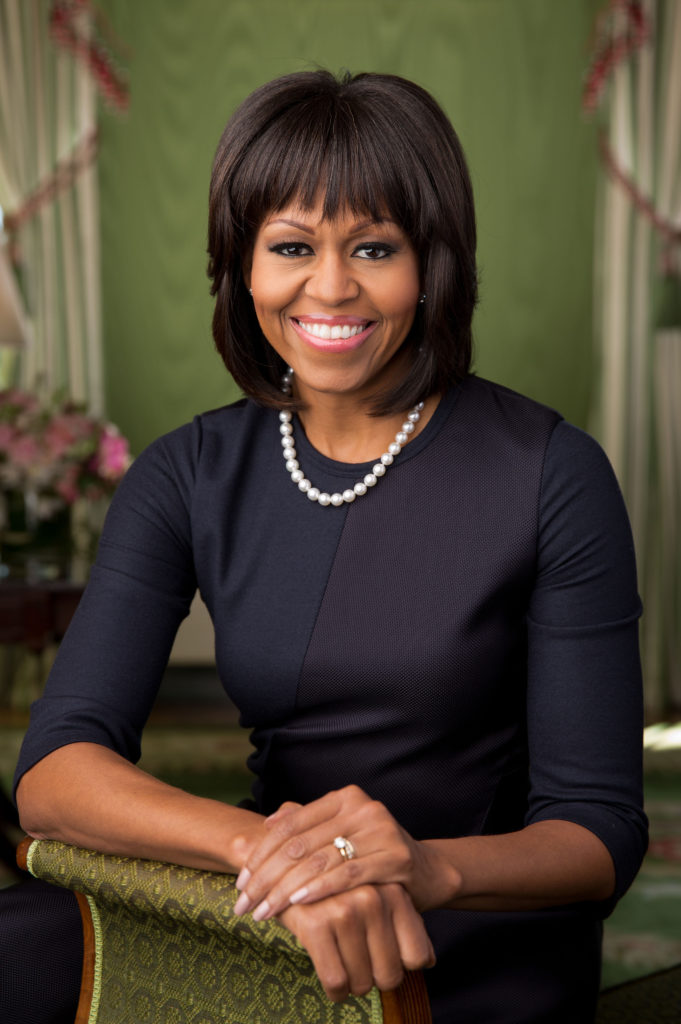
Michelle Obama
Chosen by Raeesah Hymabaccus
Michelle Obama is the former First Lady of the United States. She was also a successful attorney before moving to the White House and is now a best-selling author and political advocate.
Michelle Obama was chosen by Raeesah Hymabaccus, a data analyst at British Airways. Raeesah looks at all the different information collected by British Airways and makes sense of these results. Her favourite part of the job is being able to use a wide range of data on a day-to-day basis and having the opportunity to carry out exciting data analysis, which ranges from creating dashboards to predicting the future. Raeesah chose Michelle Obama because:
“Michelle is so inspirational. She worked hard at her education whilst facing challenges such as racism. Despite the difficulties she has faced, she is always well-mannered and kind, which is a great example to others.”
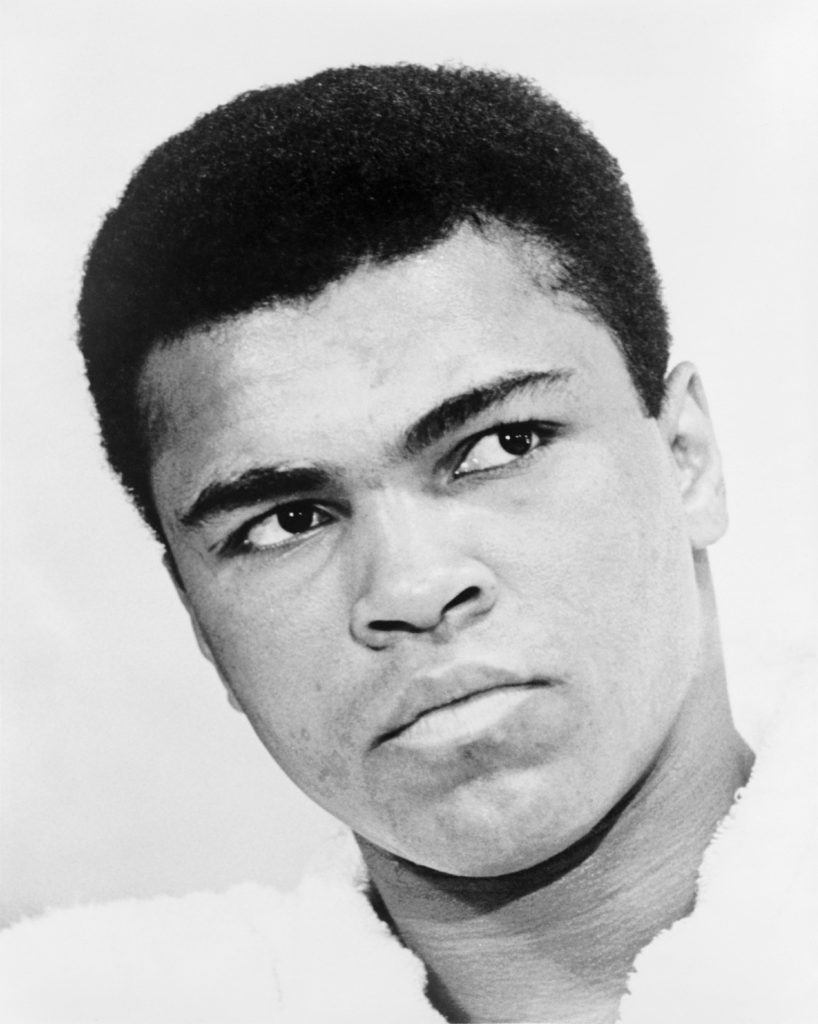
MuhammAd Ali
Chosen by Imran Bhaiji
Muhammad Ali was an American boxer and social activist who won the World Heavyweight Championship twice and is regarded as one of the best sportspeople of all time.
He was chosen by Imran Bhaiji, the group head of internal audit at Victrex PLC, as a figure who inspires him. Imran studied physics at university as a result of his natural curiosity and interest in why and how things worked. Imran’s curiosity and skills help in his role, where he supports companies to identify things that could go wrong in the future and then puts plans in place to prevent these from happening. Imran chose Muhammad Ali as his role model because:
“Muhammad Ali was a man who, despite all the challenges in front of him, never gave up in the pursuit of his objectives and importantly did it with a smile and grace.
“My advice is to pursue a career in what you enjoy, where your passion is and where you feel you could make a difference, even if it appears to be a field which is not yet diverse. You could be the person that inspires others after you!”

Credit: Flickr.com/Jen Ross
Lewis Hamilton
Chosen by Biiftuu Ada-Godu
Lewis Hamilton is a British Formula One racing driver who has won six Formula One World Championships. He was nominated as an inspirational figure by Biiftuu Aba-Godu, a design engineering student at the University of Leeds.
During Biiftuu’s internship year, she designed parts that will be going into electric cars. Finding alternatives to fossil fuels for powering cars is becoming increasingly important to the automotive industry, which is attempting to make cars greener and less harmful.
Biiftuu is a very visual person, so design engineering is the perfect area of the industry. She chose Lewis Hamilton as someone who inspires her because:
“Lewis Hamilton has been the only F1 driver of colour for more than 10 years and his hard work inspires me every day. His recent work to increase awareness for the #BlackLivesMatter movement as well as founding The Hamilton Commission to investigate why black students aren’t pursuing STEM careers and encourage them to join the motorsport industry has been incredible to watch. A diverse work environment is always important especially in a field like engineering, which relies on fresh ideas and innovation. Having a range of backgrounds and experiences within the workforce can only improve the productivity and success of a team.”
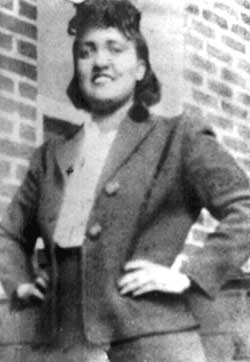
Henrietta Lacks
Chosen by Cassie-Jo Gormley and Joanna Gordon
2020 is the centennial anniversary of the birth of Henrietta Lacks, a mother of five and a tobacco farmer from Virginia in the United States. Lacks sadly died from cervical cancer at the age of 31. She was treated at the Johns Hopkins Hospital, which was the only hospital in the area open to treat black patients.
During her treatment, a biopsy of her cancer cells was taken, without her consent, and upon further study it was discovered that her cells reproduced much more quickly than other cells, and could stay alive longer to allow for further in depth study. Henrietta’s cells are still used today in medical research.
She was nominated as an inspirational role model by two of our STEM Ambassadors: Joanna Gordon, a human biology student at the University of Glasgow, and Cassie-Jo Gormley, a microbiology laboratory assistant at Salford Royal Hospital.
Joanna’s favourite part of her degree is the hands-on and practical aspect, but she also finds it fascinating to learn about scientific discoveries that took place right on our doorsteps and the significance these findings have had throughout the world. She said:
“Henrietta grew up in a time when African Americans were subject to segregation. Her cells have contributed to a range of scientific advancements and are still curing people even today.”
Cassie receives samples from patients who live across Greater Manchester. The samples vary from skin and urine to faeces and spit. Cassie’s job is to use these samples to see if a patient has been infected by a bacteria, fungi or virus which can help make the correct diagnosis of illness and treatment. She told us:
“I’m inspired by many people, both in the STEM sector and non-STEM fields, but someone who really sticks out to me is Henrietta Lacks. I knew of her story from reading The immortal life of Henrietta Lacks by Rebecca Skloot. Henrietta’s cells were the first human cells to be grown in culture (where cells are grown in labs usually in a Petri dish), and so her cells have played a central role in revolutionising medicine. However, the controversies surrounding her and her family’s treatment by the medical industry shows the vital importance of creating equal opportunities and empowering diverse voices in industries that reflect the needs of a diverse society.”
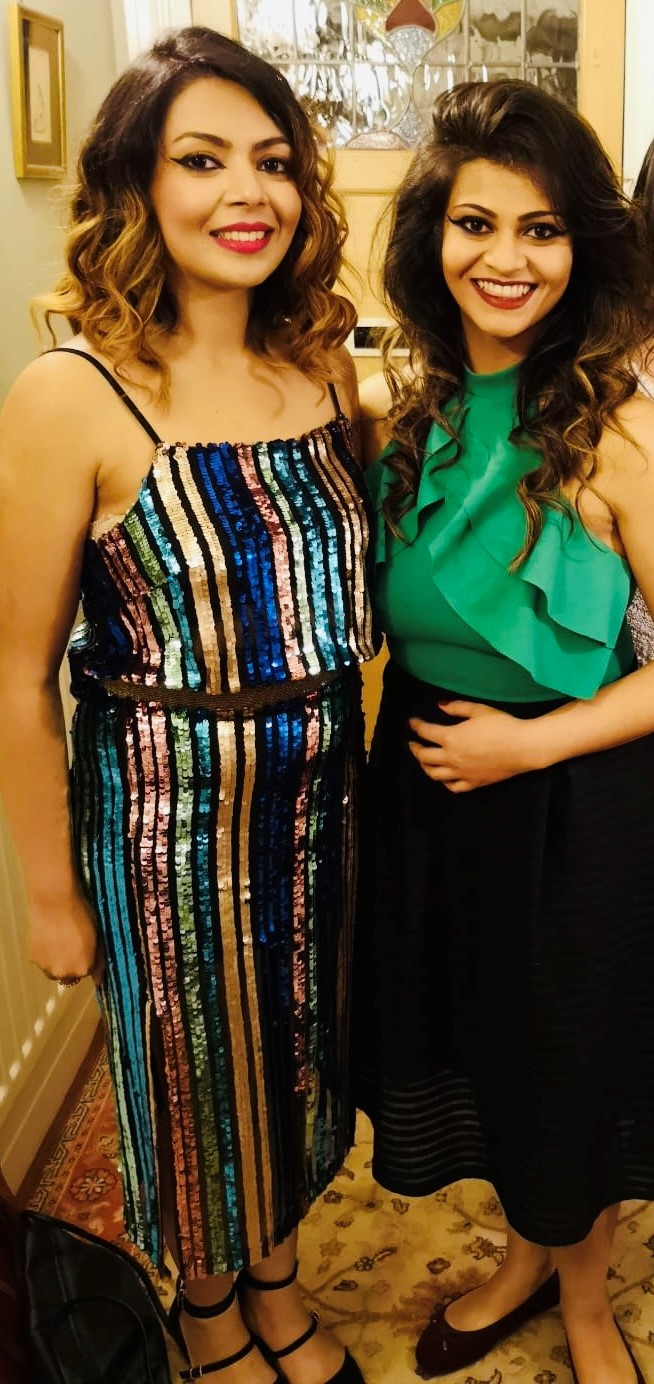
Shivani Gohil
Chosen by Poonum Gohil
Poonum Gohil is a development engineer in the research and development department at Groupe Atlantic, a heating company. Poonum works with and tests boilers during the development phase to make sure that they are safe and efficient. Gas boilers use natural gas as a fuel source, so she has been looking at renewable technologies to help the environment. Poonum’s inspirational figure is her sister, Shivani, because:
“My older sister is a physicist. Her whole character completely challenges what people think a stereotypical physicist is like (she was the absolute opposite!) She used to tell me about things she was learning at school/university and what all the strange diagrams and equations meant. I’d look through her New Scientist magazines, and I liked it when she would give me some random science facts relating to current scientific research—I thought it was really cool and it was nice to feel included in science. She didn’t change who she was to try and fit the stereotypes of the people who were surrounding her. That can be difficult, and people like to undermine your capabilities if you don’t fit a stereotype/personality—she didn’t let that happen!”
Who are you inspired by? Who would you nominate as an inspirational figure for Black History Month? Let us know in the comments.
Find out more about people who have helped to shape our country with the 100 Great Black Britons competition.
Thank you very much Tawanda Bwerudza for making me aware of STEM.
I am inspired by the work of both the persons who have chosen the STEM characters and the characters themselves.